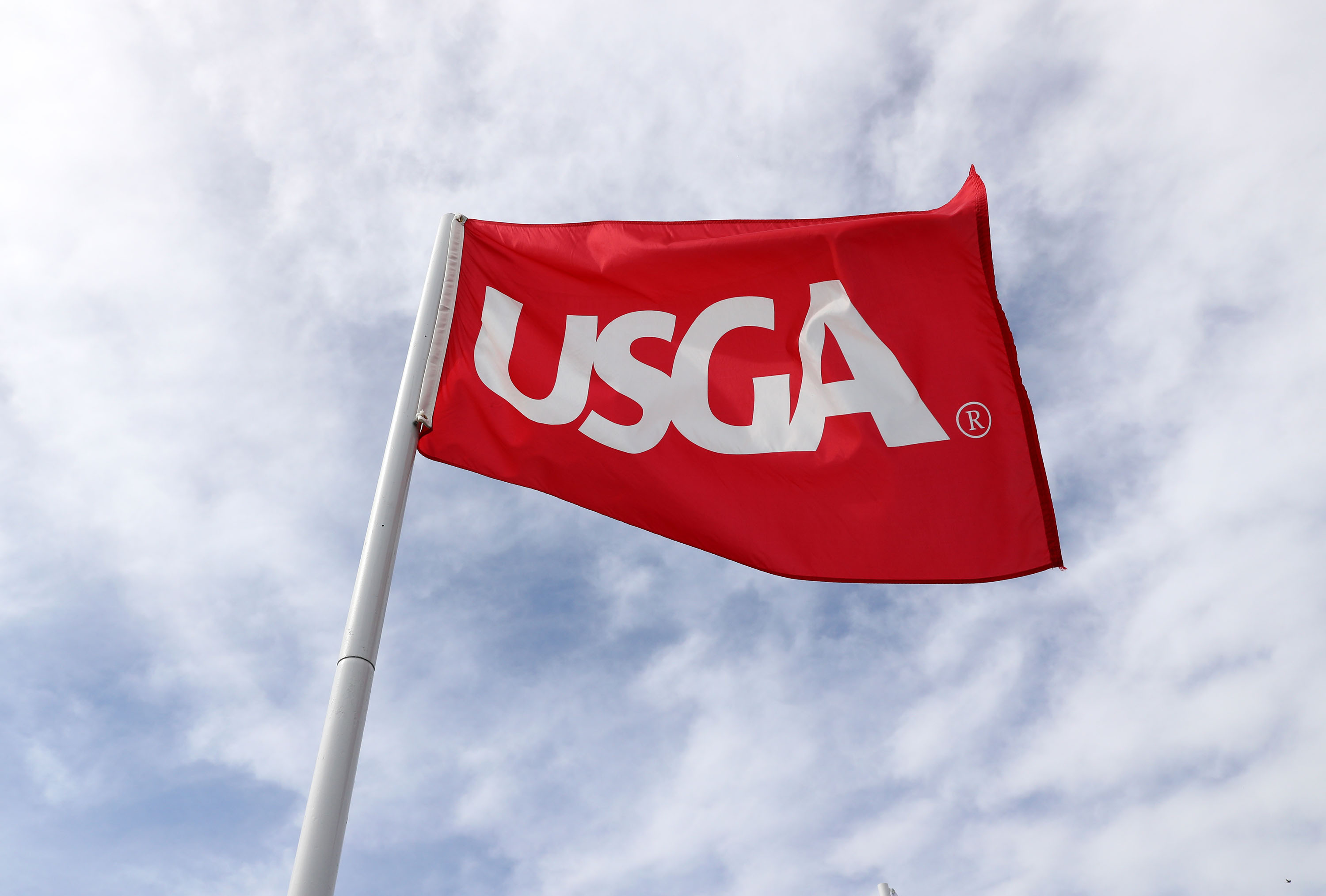Rory McIlroy plays from the fourth tee during the final round of The CJ Cup in South Carolina. (Photo: David Yeazell-USA TODAY Sports)
In March, the USGA and R&A also announced they wanted to study how Model Local Rules could be used to mandate distance-reducing equipment in elite-player events. The June announcement to manufacturers also stated the USGA and R&A want to research the use of Model Local Rules, “to explore reduction of the spring-like effect in drivers; and changes to the Moment of Inertia limit of drivers to enhance the reward of a central impact.”
A Model Local Rule is a rule or stipulation that tournament organizers and golf clubs can adopt to mandate something, effectively adding an additional rule for a specific event or course.
For example, the USGA recently added a Model Local Rule that limits the length of a driver to 46 inches, and it was adopted by the PGA Tour, LPGA and DP World Tour, so in events run by those organizations, drivers that are longer than 46 inches are not allowed, but recreational golfers can still use them at local clubs.
The USGA and R&A want to see if Model Local Rules that would mandate the use of clubs with less flexible faces and club heads that are less stable on off-center hits could increase the value of hitting shots in the middle of the hitting area for elite golfers.

(Photo: Rob Schumacher-USA TODAY Sports)
The governing bodies added, “Our research is focused on CT [characteristic time] values not more than 200 milliseconds and not less than 150 milliseconds. Research on the Moment of Inertia is focused on values as low as 2,000 g-cm².”
Characteristic Time is a measure of how much trampoline effect a club’s face has, and right now it is capped at 239 milliseconds. The greater the CT, the greater the trampoline effect and the more ball speed a golfer can create.
A veteran club designer told Golfweek recently that lowering CT to around 175 milliseconds would reduce ball speed by about 5 or 6 miles per hour for a fast-swinging player, which could translate to 15 to 18 yards less distance off the tee.
The higher a driver’s moment of inertia (MOI), the greater its stability and the more it resists twisting on off-center hits. That results in shots that fly straighter when the ball is struck near the heel or toe. The current limit for MOI is 5,900 g/cm² and some drivers approach that level, but nearly all are above 4,500 g-cm², so dropping down to even 3,000 g-cm² would be…
..
Click Here to Read the Full Original Article at Golfweek…
